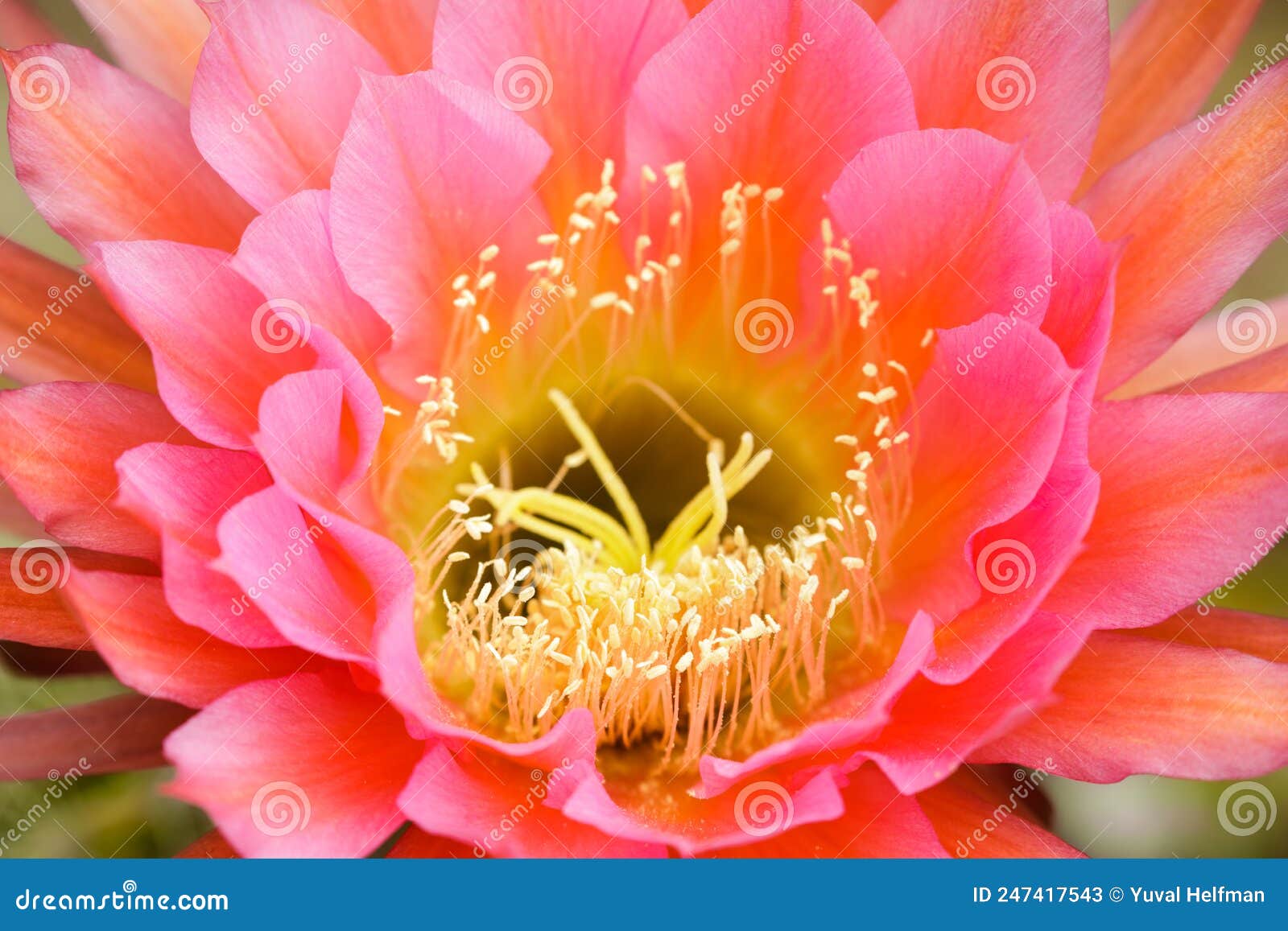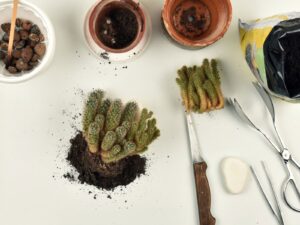The Echinopsis Trichocereus Flying Saucer, a striking desert dweller, is renowned for its unusual, disc-like shape that sets it apart from traditional cacti. This stunning specimen, primarily native to regions of South America, particularly the Andes Mountains, has garnered attention from both enthusiasts and horticulturists alike due to its ease of care, distinctive appearance, and vibrant blossoms. The following exploration will delve into the characteristics, cultivation, and care tips for this captivating cactus, elaborating on why it has ascended to the ranks of the most adored cacti in contemporary horticulture.
Characteristics of the Echinopsis Trichocereus Flying Saucer
The Echinopsis Trichocereus Flying Saucer is notable for its remarkable morphology. This species typically presents as a flattened, disc-shaped cactus, hence its whimsical nickname. It can grow to a diameter of up to 12 inches, exhibiting a somewhat low profile that gives it an otherworldly appearance. The surface texture of the Flying Saucer is smooth, adorned with distinct ribs that accentuate its circular form. These ribs often host small, glochid-like spines that are minimal in size yet contribute to the overall aesthetic.
The flowering aspect of the Echinopsis Trichocereus is perhaps its defining feature. When in bloom, a range of colors emerges from the plant, including ethereal whites, pinks, yellows, and even vibrant reds, creating enchanting displays that can captivate any onlooker. The flowers can be large, sometimes extending up to eight inches in diameter, and are often characterized by a tubular shape that may contribute to the plant’s allure. Moreover, these blossoms typically emerge during the night and wither by morning, adding an ephemeral quality to the plant’s beauty.
Unlike many other cacti, the Echinopsis Trichocereus Flying Saucer has a relatively forgiving disposition when it comes to care, making it suitable for both seasoned cactus aficionados and novices alike. However, understanding its specific needs can ensure a thriving specimen that not only showcases its unique shape but also blooms profusely.
Optimal Conditions for Growth
Creating the perfect environment for the Flying Saucer involves understanding its origins. Native to arid regions, this cactus thrives in conditions that replicate its natural habitat. Well-draining soil is fundamental; a cactus mix enriched with sand or perlite can provide the necessary aeration to prevent root rot. Additionally, it is beneficial to ensure that the pot has drainage holes to facilitate excess water removal.
Light and temperature preferences should also be taken into account. The Echinopsis Trichocereus requires abundant sunlight to flourish. Direct sunlight for several hours a day promotes healthy growth and vibrant blooms. However, caution should be exercised during the hottest part of the day, as extreme heat can cause sunburn on the cactus surface. In terms of temperature, this species thrives between 70°F and 100°F during the growing season but can tolerate lower temperatures, provided they are not subjected to frost.
Watering practices are imperative for the health of the Flying Saucer. During the growing season, it is advisable to water the cactus thoroughly but infrequently, allowing the soil to dry completely between waterings. In contrast, the winter months necessitate a drier regimen, as the Echinopsis enters a dormant phase. Overwatering can lead to fungal infections and root rot, two of the most common issues faced by cactus owners.
Feeding the Echinopsis Trichocereus during the growing season with a balanced cactus fertilizer can enhance growth and promote flowering. This step is not mandatory but can yield impressive results, especially in mature plants already in a stable environment.
Pest and Disease Management
The Flying Saucer is relatively resilient against pests, but vigilance is necessary. Occasionally, mealybugs or spider mites may target the plant. Employing a gentle spray of insecticidal soap can alleviate infestations, ensuring that the plant remains healthy. Regular inspections will help detect these pests early and prevent significant damage.
Additionally, it is crucial to oversee general health and watch for any signs of disease. Yellowing of the base or wilting may indicate overwatering, while a shriveled appearance might suggest underwatering. Adjusting the environmental conditions and care regimen can effectively combat these issues, restoring the cactus to its full glory.
The Allure in Cultivation and Community
Beyond personal enjoyment, the Echinopsis Trichocereus Flying Saucer has become a staple in plant communities and exhibitions, often earning accolades in horticultural shows. Plant collectors and growers engage with this fascinating cactus not only for its aesthetic value but also for its ease of propagation. Techniques such as offset division or cuttings allow enthusiasts to share their prized specimens with fellow gardeners, fostering a sense of community and appreciation for this extraordinary plant.
In summary, the Echinopsis Trichocereus Flying Saucer is a unique and stunning addition to any plant collection. With its captivating appearance, vibrant blooms, and straightforward care requirements, it invites both admiration and curiosity. Whether you are an experienced gardener or a newcomer, the Flying Saucer cactus is sure to become a cherished element in your botanical repertoire, symbolizing the beauty and resilience of life in the arid landscapes from which it hails.





Leave a Comment